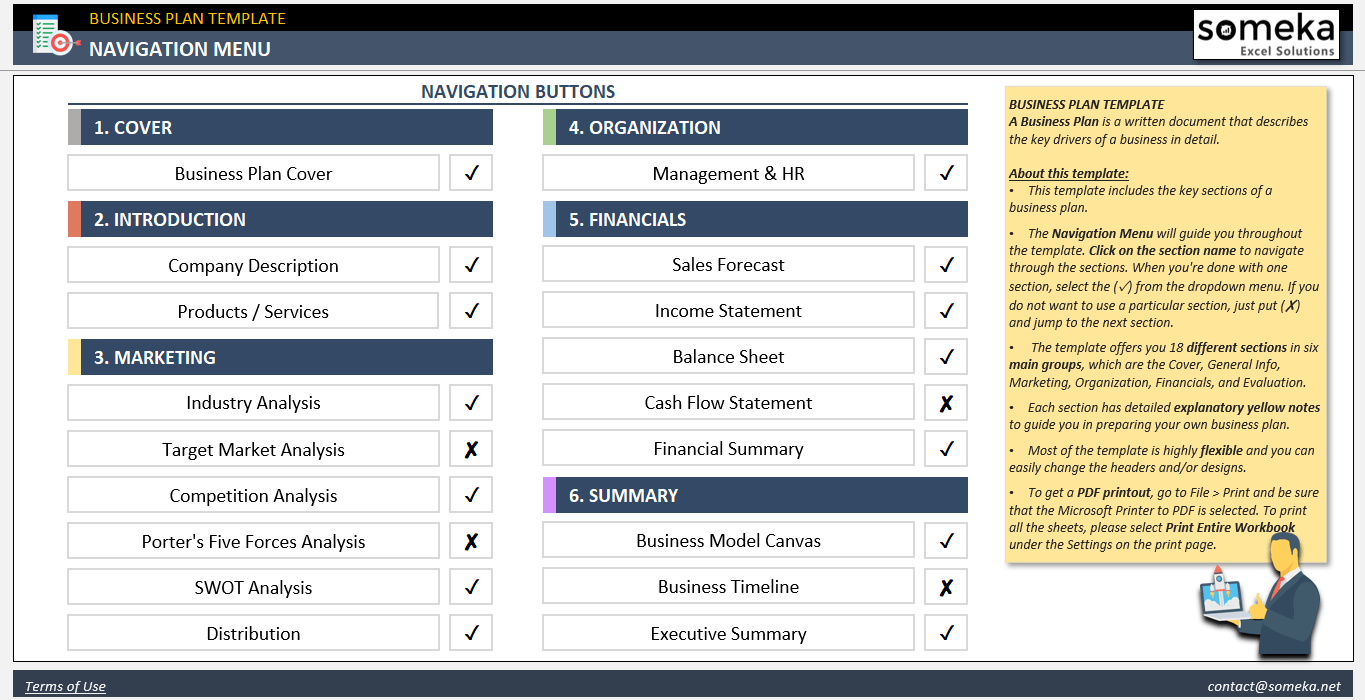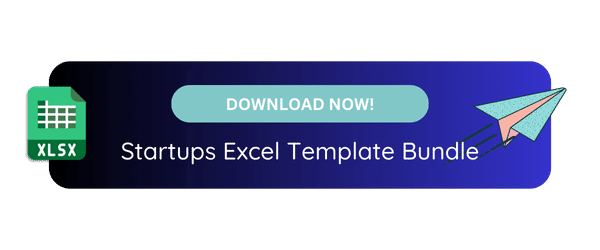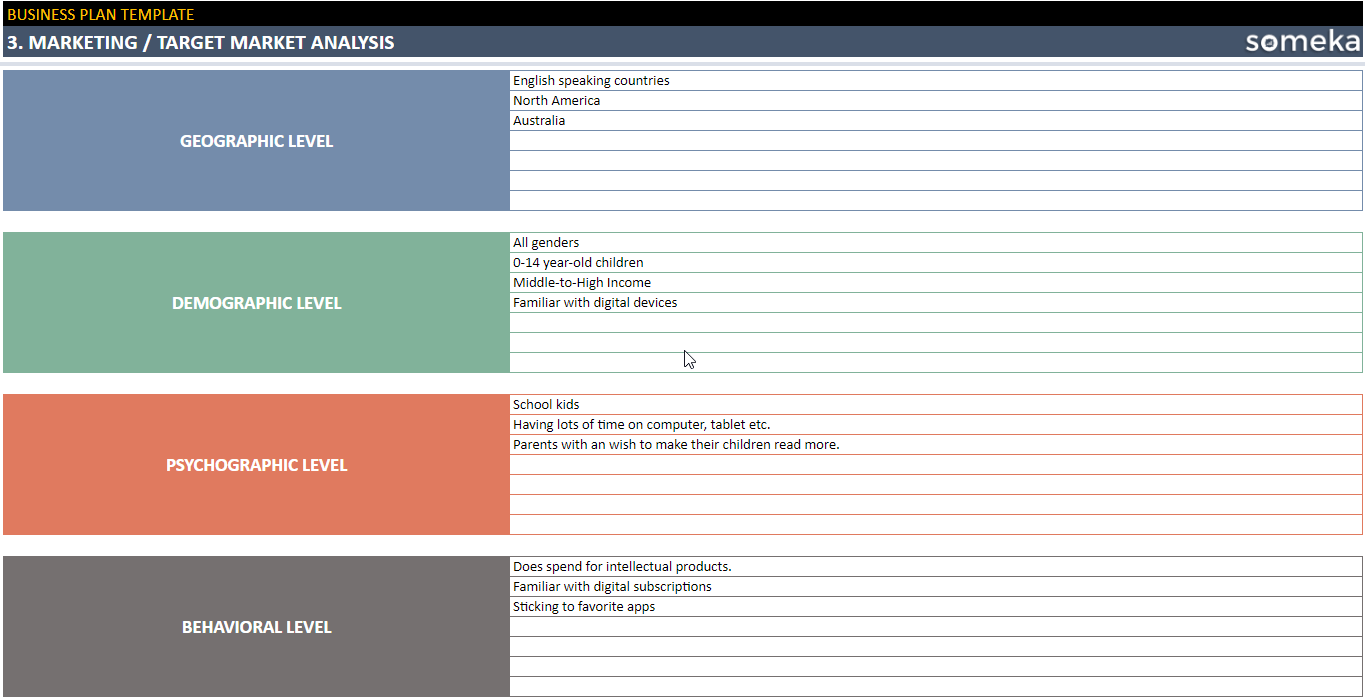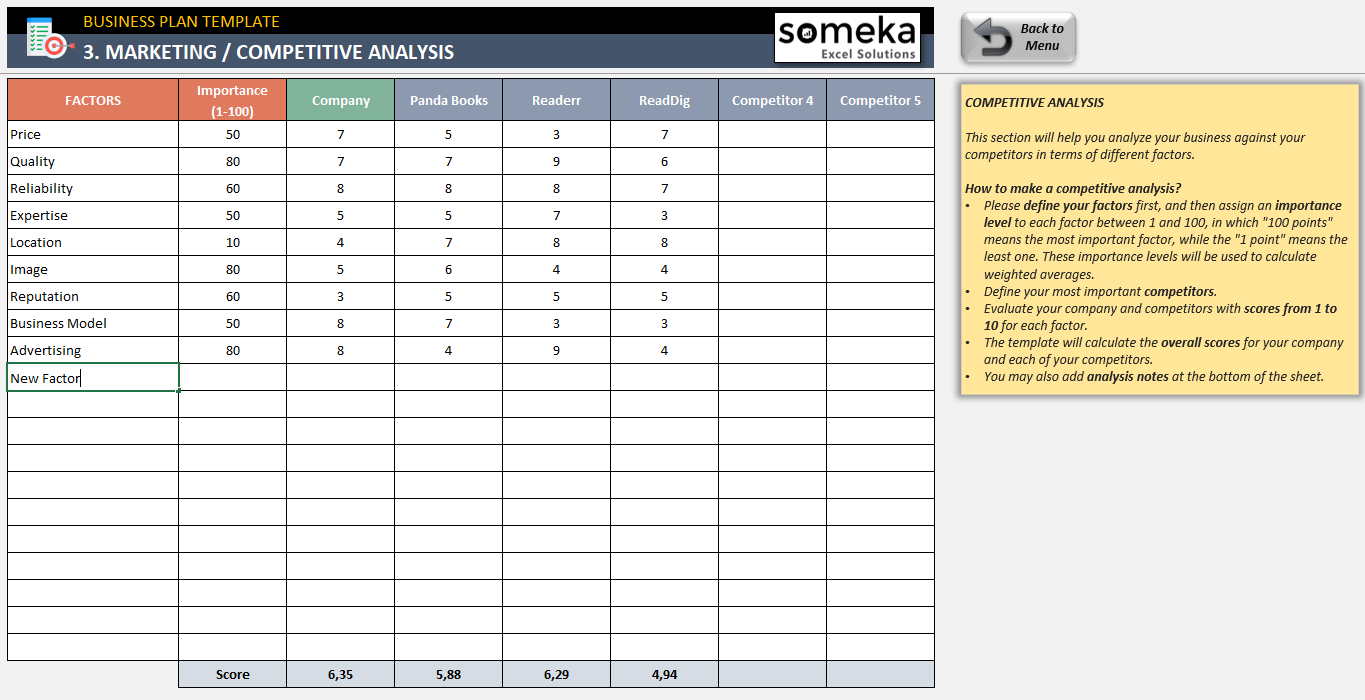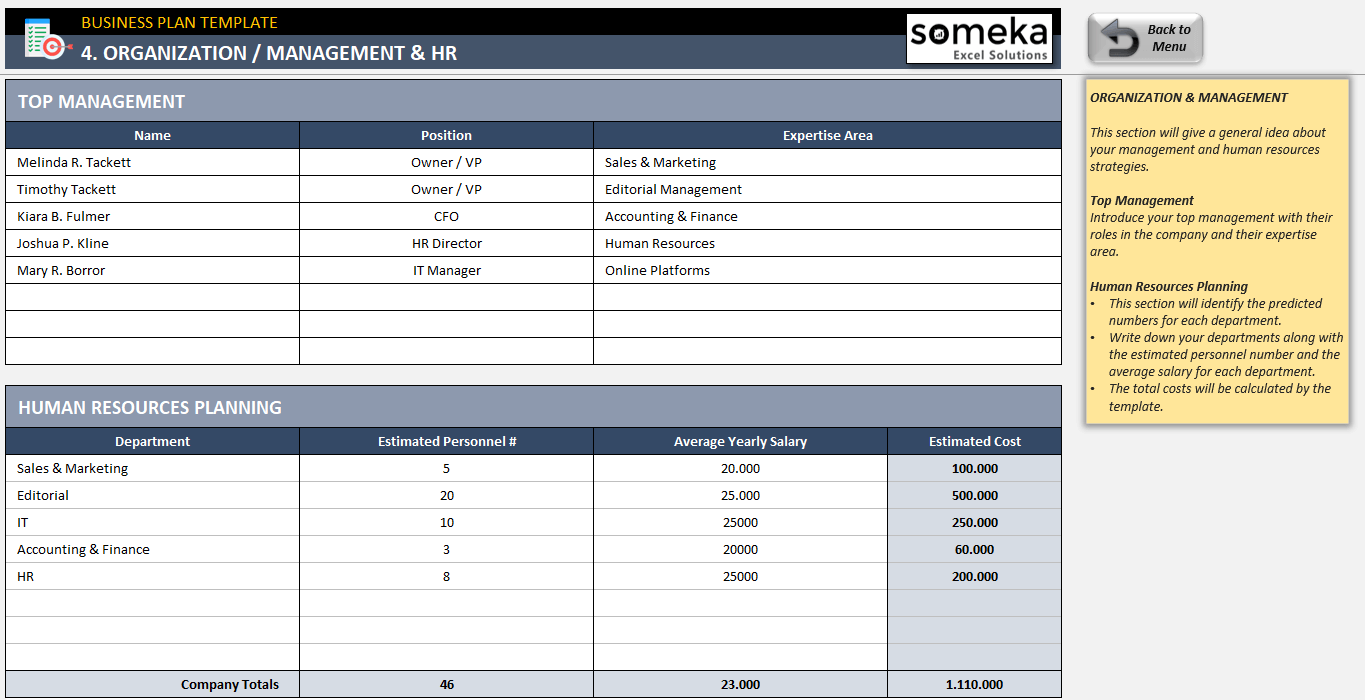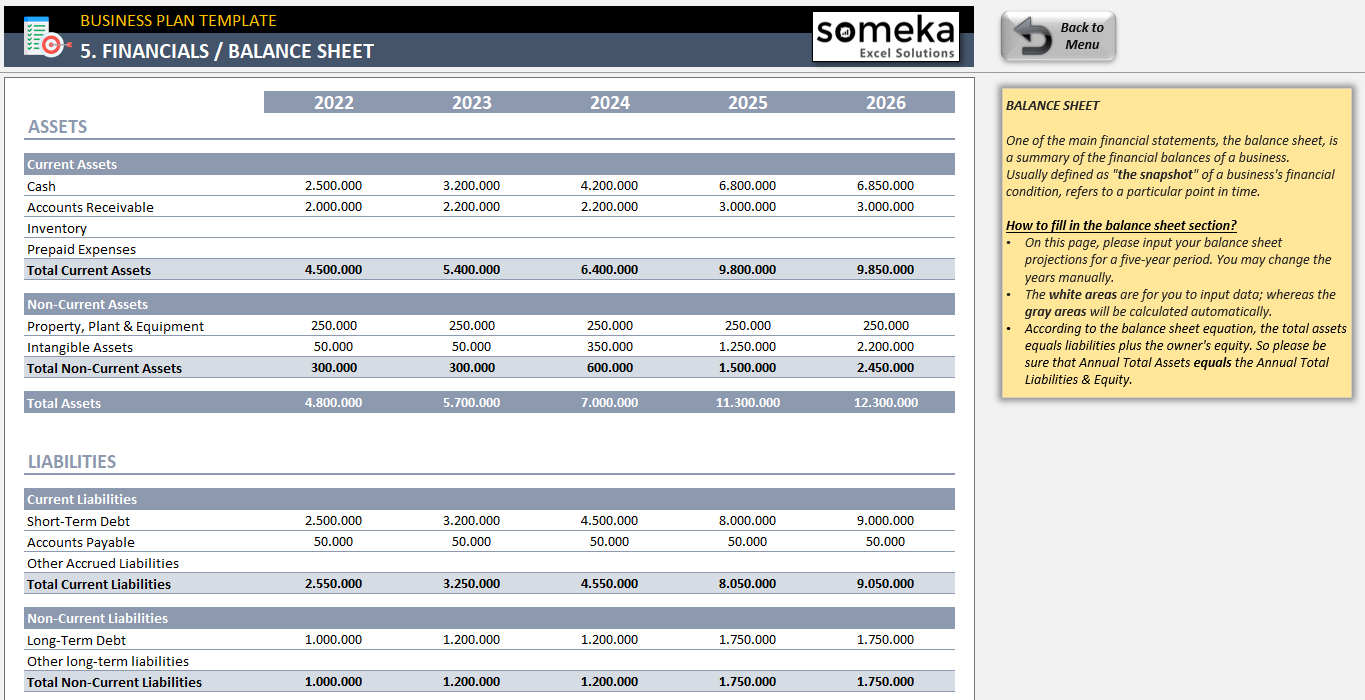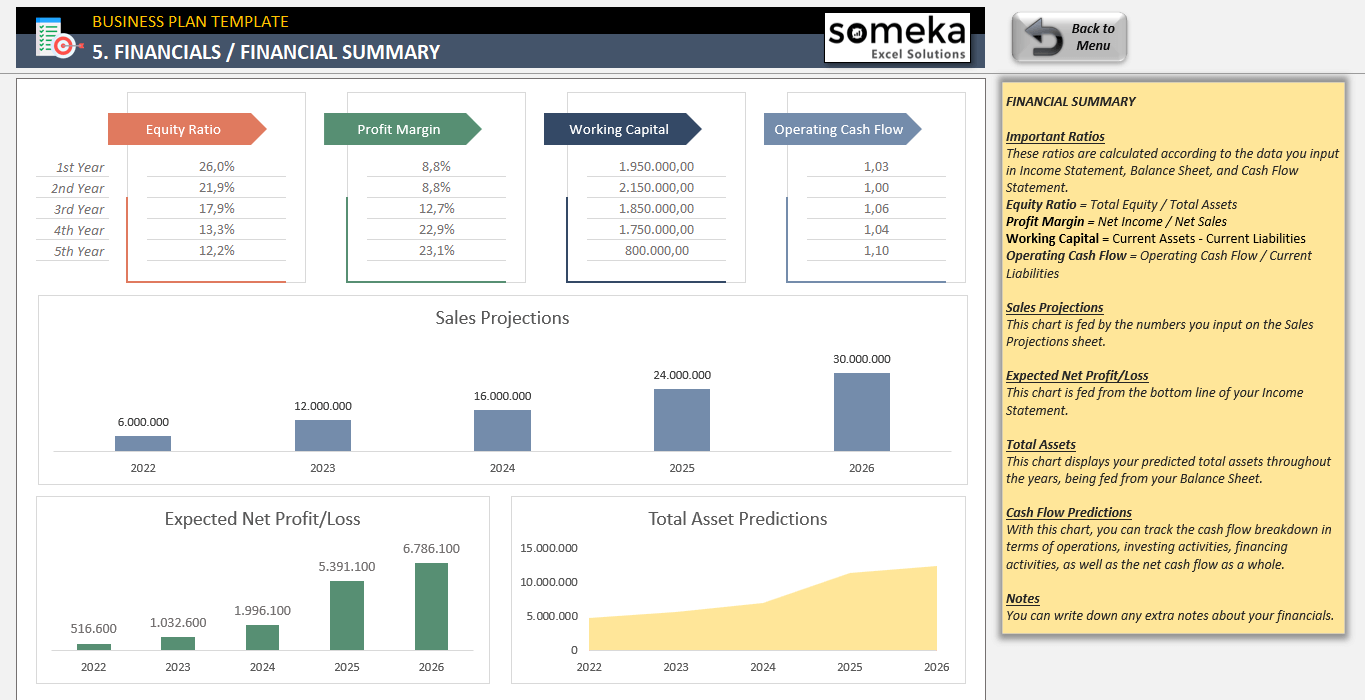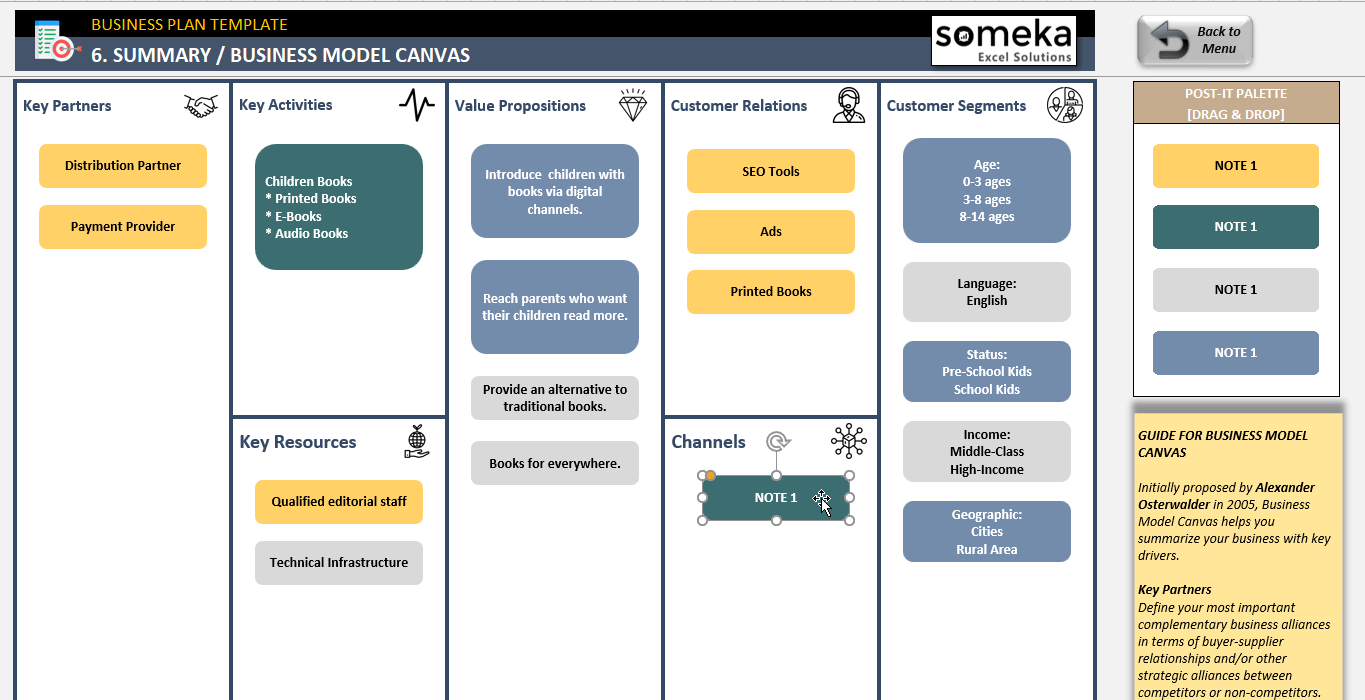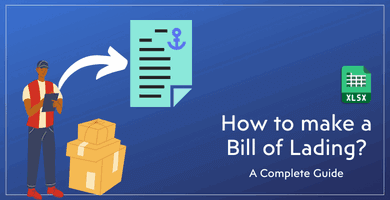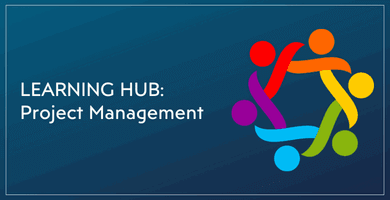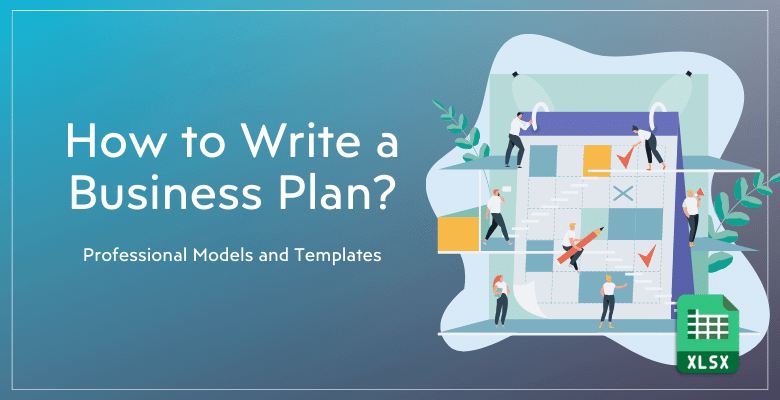
How to Write a Business Plan? Step-by-step Guide with Excel Template
In this article you’ll find a step-by-step-guide on how to write a business plan. Also, we add a downloadable business plan template that you can use for your loan proposals, business presentations or other business plan needs.
Table Of Content
2. How to Write a Business Plan?
- Step 1: Prepare a cover
- Step 2: Introduce your company
- Step 3: Explain your marketing plans
- Step 4: Display your organization
- Step 5: Financial forecasting
- Step 6: Executive Summary
>> Download Someka Business Plan Excel Template
1. What’s a Business Plan?
A business plan is a formal document that outlines a company’s goals and the strategy to achieve them. Business plans function as a tool for attracting investment, a growth strategy for the company, and a decision-making manual.
You can consider business plan as a road map that directs you and helps your team to be in line with your long-term objectives.
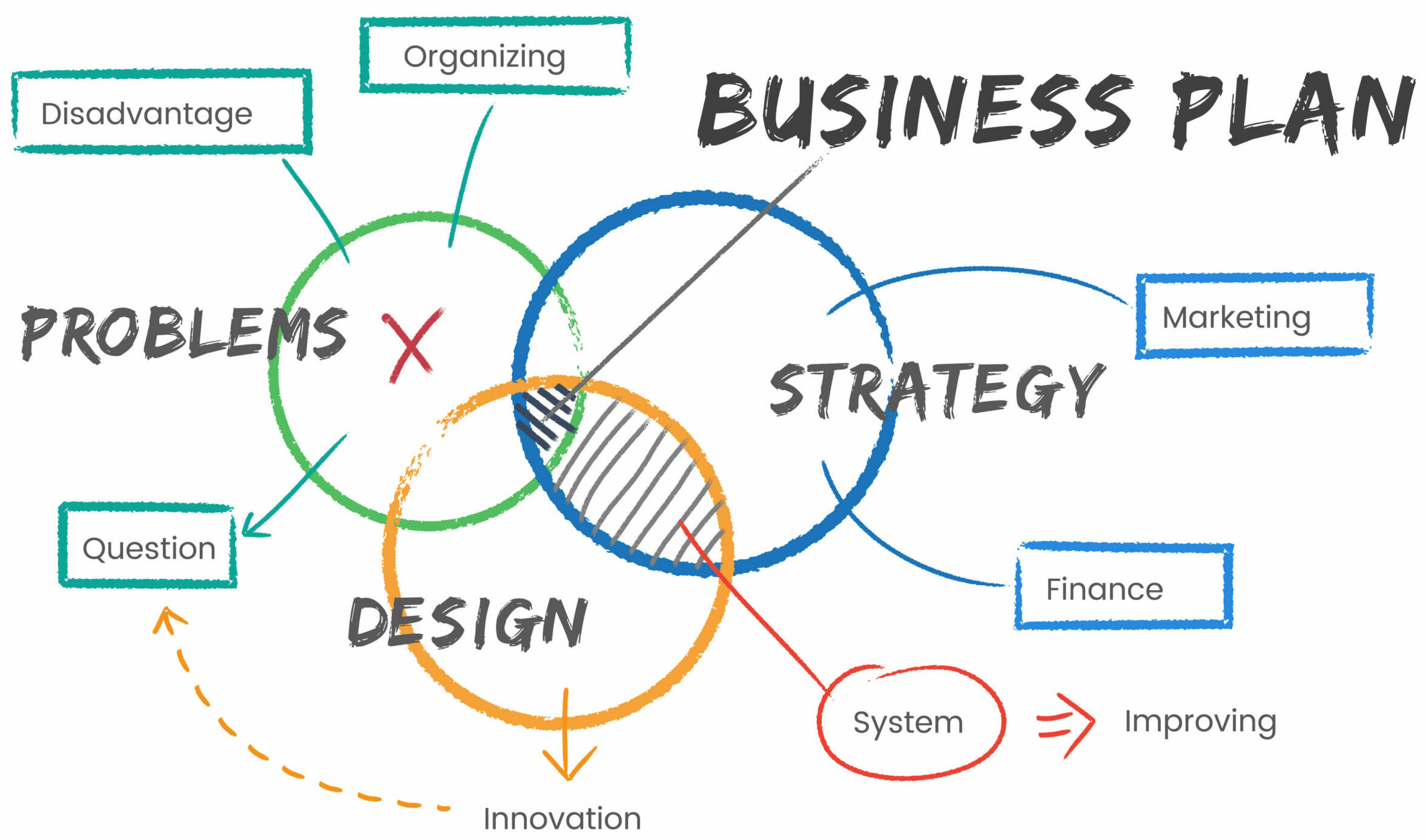
A business plan is essential for drawing in partners and investors in addition to acting as a guide for your company’s daily operations. It demonstrates your distinct vision and approach.
2. How to Write a Business Plan?
Now let’s see how to write a business plan in 6 easy steps.
Step 1: Prepare a cover for a business plan
Start with a polished cover page that includes the date, your company name, logo, and contact details. Make sure everything is tidy and professional because this is the first impression.
The cover should be visually appealing without being overly showy, because the professionalism is essential.
If the plan is confidential, it should be mentioned on your cover page as well.
Step 2: Introduce your company
Give a thorough company description here. You may divide this section into two parts:
- General Company Description
- Products/Services
So, the general company description of your written business plan may contain:
- Business Name
- Mission Statement
- Core Values
- Vision Statement
- Legal Structure
- Ownership Structure
- Headquarters
Meanwhile, the products/services part should be clear about the value proposition of your products. So, your main heading could be Main Benefits, Comparison, Lifecycle, Pricing, Sales and Distribution, Production, Intellectual Property, and so on.
Step 3: Explain your marketing plans
Provide specifics about your marketing plans in this section. So, you can start with an industry analysis:
- Total size of the industry
- Total size of the target market
- Targeted Market Share
- Market Saturation
- Future Aspects
Then, you can make a target market analysis in Geographic, Demographic, Psychographic and Behavioral levels:
A competitive analysis will also help you to identify your target position against your competitors in the market while writing your business plan:
Also, do not forget to talk about your distribution plans. This is also too important. Define all the possible distribution channels and mention which of them will be used in your business model.
Lastly, while working on your marketing strategy, you can also use the well-known analysis tools and models.
Definitely, SWOT Analysis will be one of the best fit to analyze your business with strengths, weaknesses, opportunities and threats:
Another important model might be the Porter’s Five Forces Analysis, as this tool gives you a clear overview of your targeted market. Basically, this model summarizes the market in five main forces:
- Power of Buyers
- Power of Suppliers
- Threat of New Entrants
- Threat of Substitutes
- Competitive Rivalry
Here’s an example of a simple Porter’s 5 Analysis:
Lastly, in the marketing section, provide thorough plans for using digital marketing, public relations, advertising, and any other channels you intend to use. Talk about how you’ll monitor these tactics’ efficacy and make any necessary adjustments.
Step 4: Display your organization
Give an example of the organizational structure. The creditors or partners should understand the size and structure of your company at a glance.
Provide an organizational chart, a thorough description of roles and duties, and contact details for important staff members.
Also, you should emphasize the qualifications and experience of the key people in your company.
Lastly, you can give a rough HR Planning with the estimated personal number for each department. Also, information about your hiring policies, corporate culture, and any internal procedures that help your business run smoothly and effectively may also be included in this section.
Step 5: Financial forecasting
So, this is one of the most important parts of your written business plan. The third parties including your creditors, lenders, stakeholders, partners, investors, clients will be interested in the financial projection of your business.
This part will include:
- Sales Projections
- Financial Statements
- Financial Summary
First, you can start with Sales Forecasting for three to five years. If you have any detailed financial model or feasibility study for your business, you can also take the summary of these documentation. Below image shows you a simple Sales Projection Summary:
Then, you should add five-year projections for your main financial statements including:
- Income statement
- Balance sheet
- Cash flow statement
Below is an example from five-year balance sheet projections:
Lastly, it will be nice to add a visual representation of your financial summary. This may include also key ratios that you expect for the coming five-year period of your business.
Your sensitivity analysis, financial projections, and any funding requests should all include assumptions and thorough justifications for the intended use of the funds.
Step 6: Executive Summary
Finaly, you’ll give an executive summary that anyone can get a general idea about your business model. In some examples, you can also give the executive summary just after the cover. You can use design tools to make your cover, or just create your own design in Excel, Word or PowerPoint.
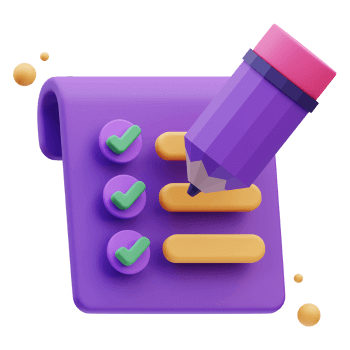
So, here you ensure that your executive summary can stand on its own. A reader should be able to understand the essence of your business plan solely from this section.
Lastly, you can add some visual understandings for your business model. For example you can make a Business Model Canvas to show key components of your company while writing your business plan:
Or, you can also add a Business Timeline to show the expected milestones with target dates.
Now we have come to the end of our guide to write a business plan.
3. Takeaways to write a business plan
A business plan serves as both a roadmap and a written document for the future of your company. It must be precise and updated often to take into account the changing needs of your company’s objectives and the state of the market.
Also, you can write a business plan for a loan or for an investor. Thus, this is an important step to introduce your business.
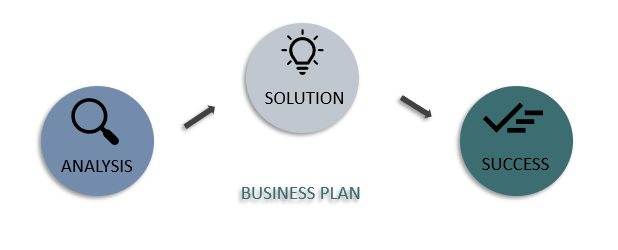
So, here we have explained the steps to prepare a business model. But please do not forget that the formatting and the design is also too important for such a proposal. That’s why we also provide you a template to create sleek-design business plans. This Business Plan Template is:
- Sleek-design
- Printable
- Easy-to-edit
- Provided with on-sheet guidance
- Professional looking
Lastly, keep in mind that your business plan is a means of communication. It should be easy to read and understand. Avoid jargon and be as clear as possible about your business goals, how you plan to achieve them, and what makes your business unique.
Hope you find this article useful!
Recommended Readings:
Business Systematization: Do you know the trade-offs?
How To Create A Gym Business Plan? Step-by-step Guide For Fitness Centers
What Must An Entrepreneur Do After Creating a Business Plan?
